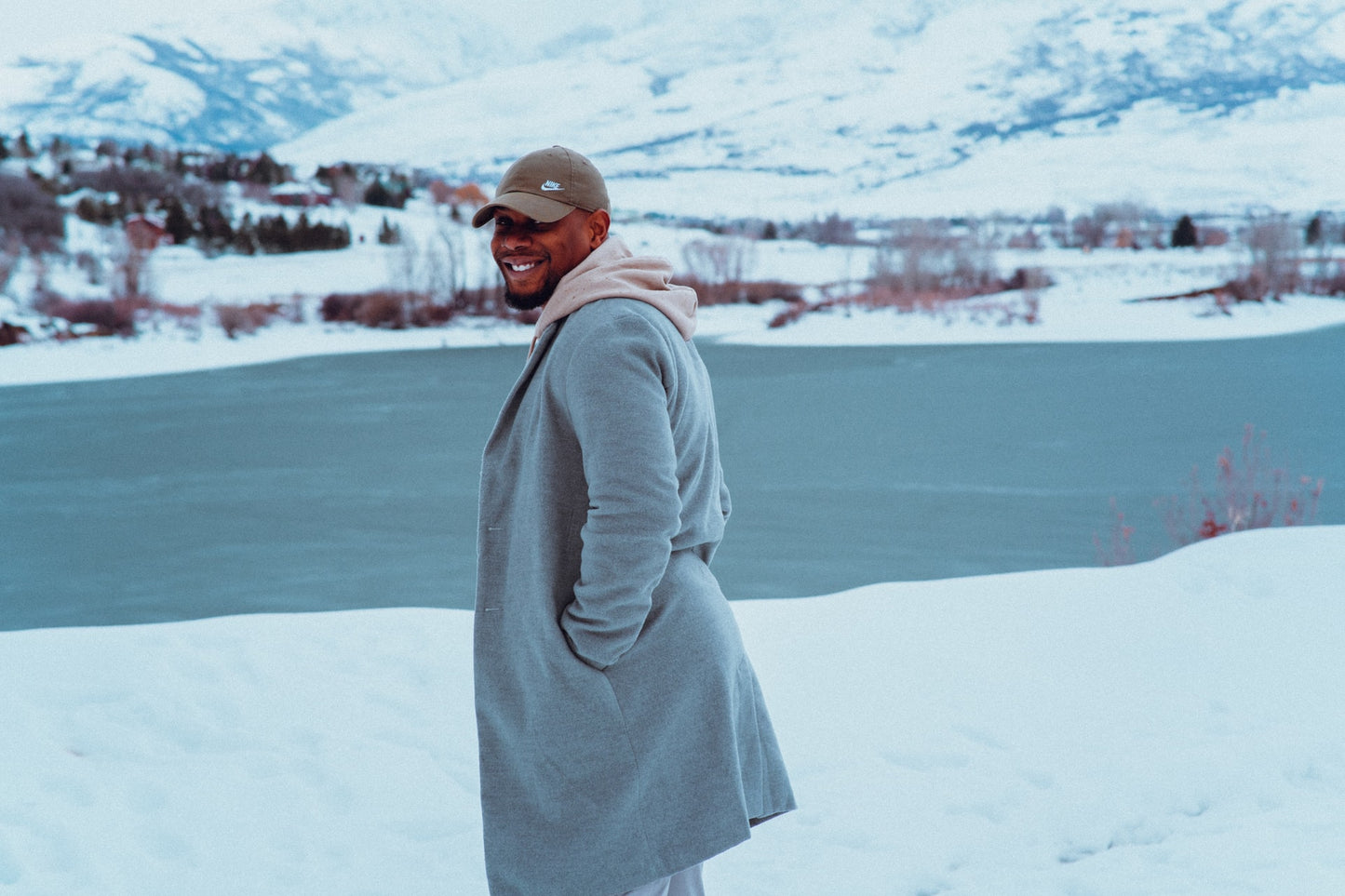
For many years, people have worn the traditional military peacoat. Peacoats, the double-breasted, navy blue jackets you see on all kinds of individuals today, are a common fashion choice. Here’s what you need to know about the sleek vintage clothing and its design.
Navy Peacoat History
The initial version of the renowned peacoat dates back to the 1800s, when the Dutch wore it. In the past, when the Dutch were a powerful maritime nation, they created the "piijekker," a thick, dark wool coat to aid their sailors.
In Dutch, the word for coarse, twilled fabric is "pij," which is likely pronounced "pea," and the word for "jacket" is "jekker." The peacoat was created by the Dutch, but the British Navy is credited with making the famous jacket popular.
The peacoat's ability to survive the hard rain, wind, and chilly temperatures that are frequently experienced at sea was the draw for many naval troops. The peacoat was adopted by the US navy from the British. The garment was worn by sailors known as "reefers," who had the somewhat disagreeable duty of scaling the rigging of navy ships.
Navy Peacoat Design
Wind Resistant
The peacoat maintained its wind-resistant design and shape between the Dutch, British, and American naval forces. The majority of coats also had a double-breasted design and an ulster collar that could be fully buttoned to further shield the user from the elements.
Functional Design
It maintains a modest flare towards the hips to permit unrestricted movement while scaling the ropes at sea. Most jackets also have vertical slit pockets for holding small objects and keeping hands warm and dry.
Authentic Design
Also, most peacoats have plastic or occasionally brass buttons with a fouled anchor stamp on them.
So instead of reaching for a jacket whenever the temperature starts to fall, think about a peacoat. Because, let's face it, a jacket worn by the military for more than a century has earned more than just its stripes.
It's a recognizable piece of equipment that belongs on our shoulders and a classic object that may be passed down from one generation to the next.
